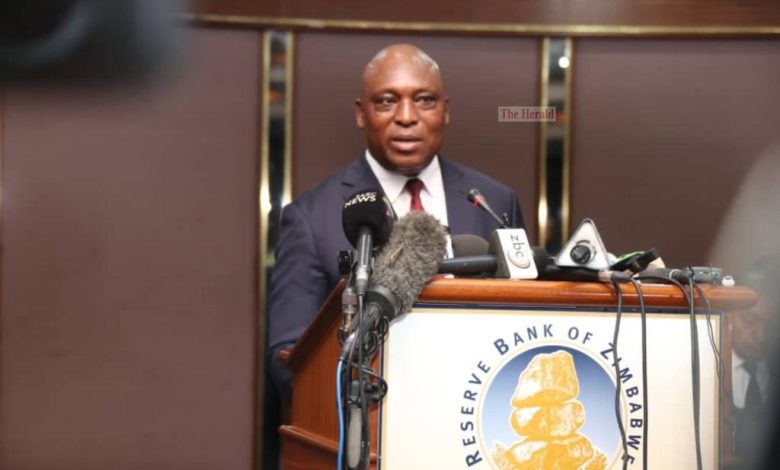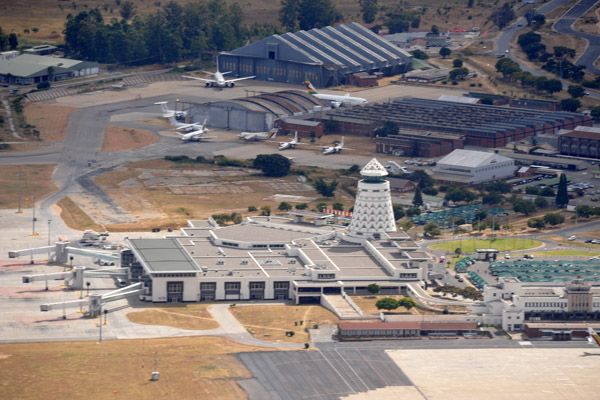Airports upgrade passenger handling capacity
GOVERNMENT’S drive to expand and modernise critical aviation infrastructure is set to increase the total passenger handling capacity at the country’s airports to 9,2 million from 3,5 million per annum.
The infrastructure upgrade programme is part of the National Development Strategy 1 (NDS1: 2021 – 2025), which builds momentum towards attainment of an upper middle-income economy by 2030.
This has seen Government channeling more resources in expanding and modernising the Joshua Mqabuko Nkomo International Airport in Bulawayo, Victoria Falls International Airport and the Robert Gabriel Mugabe International Airport, among others.
In his remarks during the 41st International Civil Aviation Organisation (ICAO) assembly held recently in Montreal, Canada, Transport and Infrastructural Development Minister, Felix Mhona, said the infrastructure upgrade programme was critical in buttressing enhanced economic growth.
“Zimbabwe is undertaking a massive programme of expansion and modernisation of our airports, that is, Victoria Falls International Airport, Joshua Mqabuko Nkomo International Airport and our main gateway, the Robert Gabriel Mugabe International Airport,” he said.
“These projects will increase total passenger handling capacity of our international airports to 9,2 million per annum from 3,5 million passengers.”
The minister said the infrastructure programme also prioritises the upgrading of critical communication navigation, surveillance/air traffic management (CNS/ATM) systems to enhance aviation safety.
Robert Gabriel Mugabe International Airport
Under NDS1, the Government has clearly articulated the need to transform the aviation sector to ensure it realises its full potential. Hence increasing investments in aviation infrastructure is seen as a huge step towards opening up the country to more regional trade and increase its competitiveness in the region. Under NDS1, the main objective is to have a reliable safe world-class air transport infrastructure and services and increase the annual cargo handling capacity and the number of passengers.
However, Minister Mhona said the infrastructure programme was not spared from the impact of the Covid 19 pandemic, which drastically slowed the pace of implementation and applauded ICAO for its efforts to help restart the recovery process.
International Civil Aviation Organisation (ICAO)
“It’s, therefore, relevant for Zimbabwe to take this opportunity to applaud ICAO for the commendable work done at the height of the Covid 19 pandemic through its various initiatives such as the ICAO Council’s Aviation Recovery Task Force (CART),” he said.
Capacitating the country’s airports, thus, means that the country is ready to cater for the increased interest in travelling to and from Zimbabwe. The appetite for destination Zimbabwe is reflected in the coming in of airlines like Qatar Airways, which made its inaugural flight to the country last year.
More international airlines are lined up to fly to Zimbabwe in the near future, clearly indicating that demand for air travel to the destination is increasing, and is expected to shoot up post-Covid-19 era.-chronicle.cl.zw











